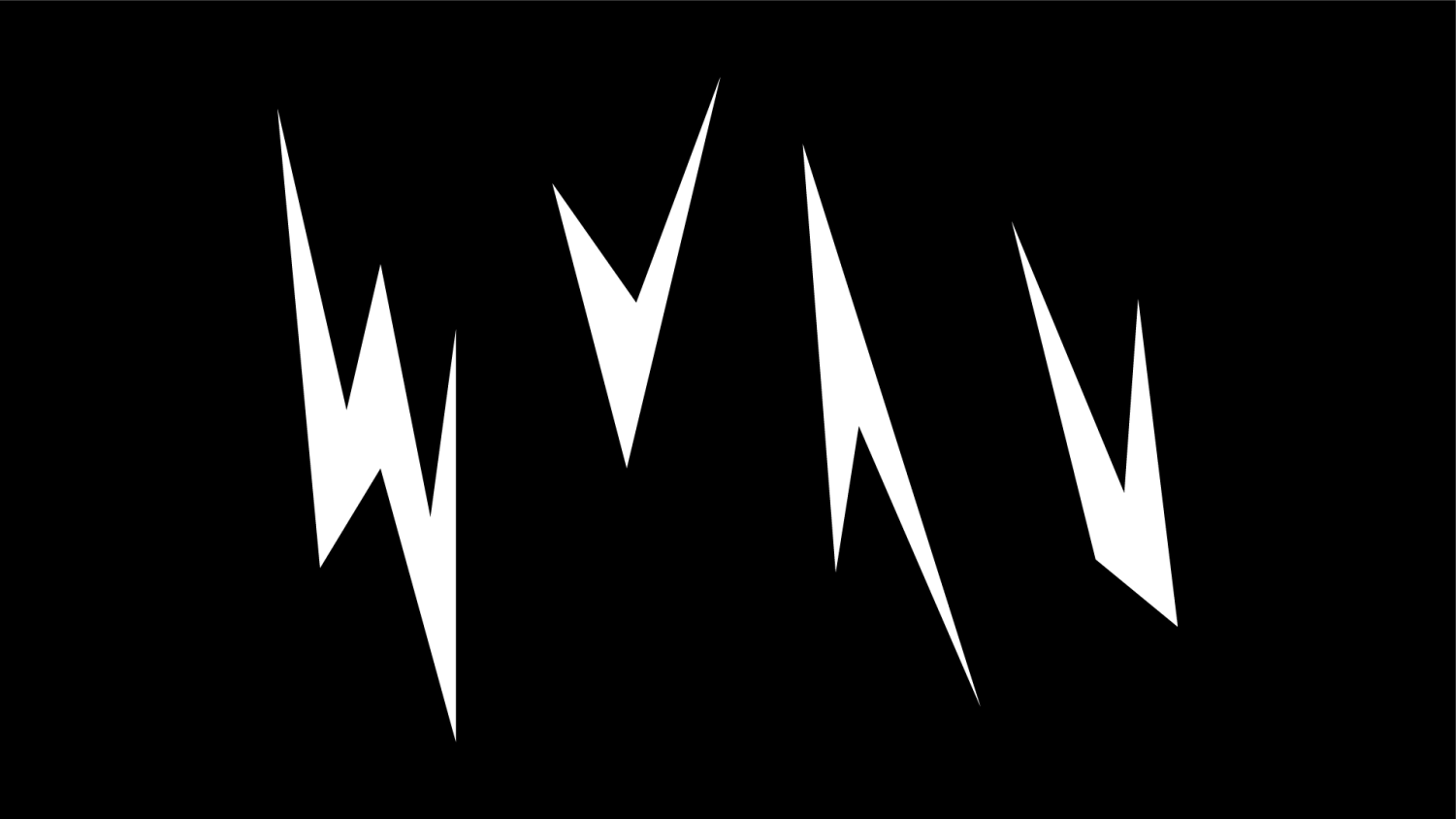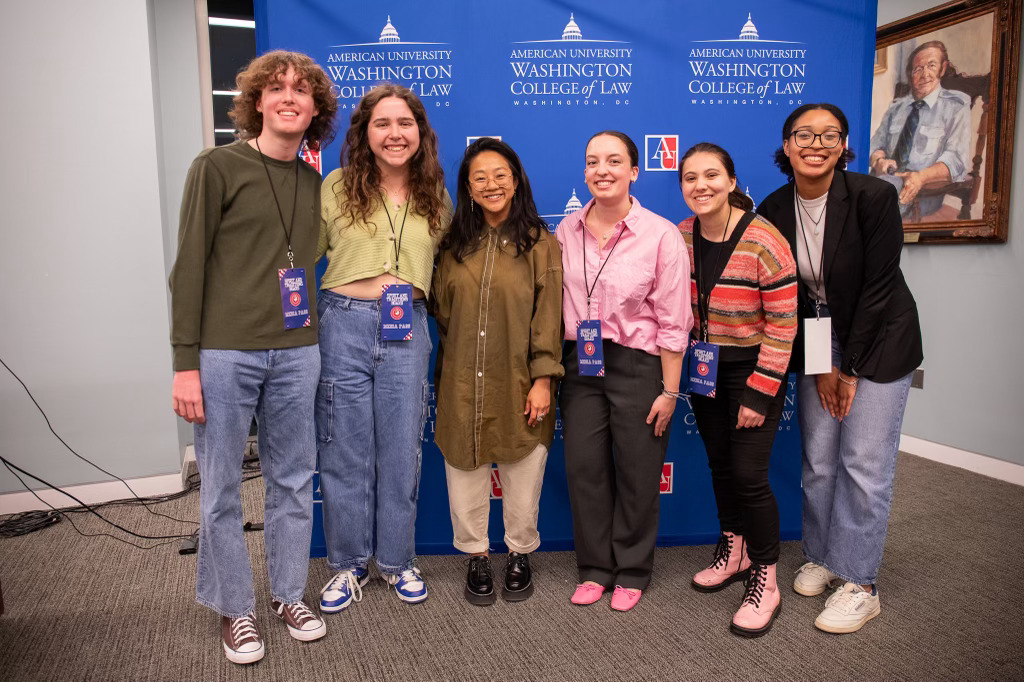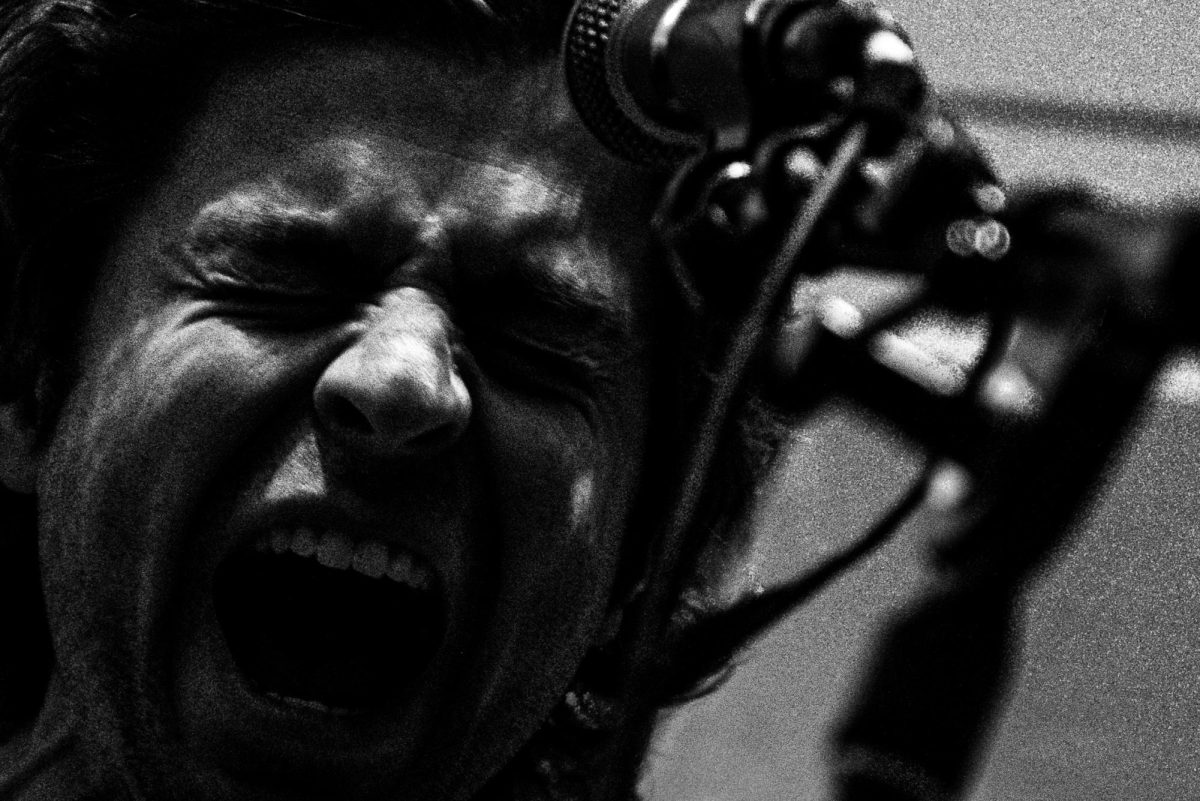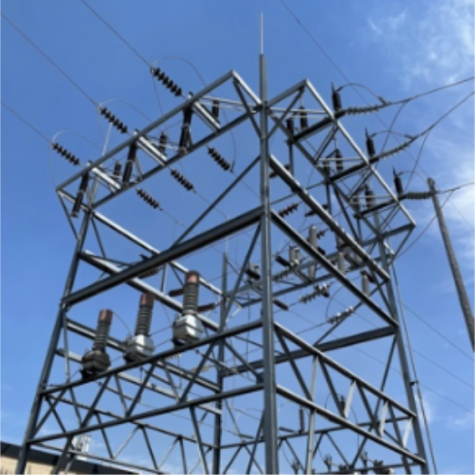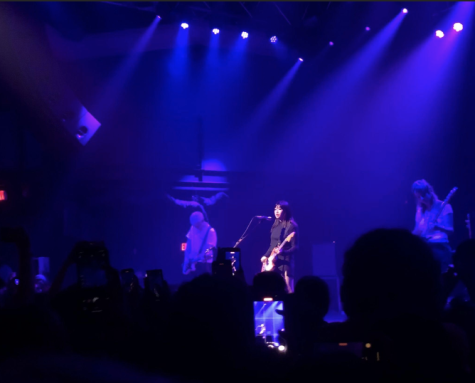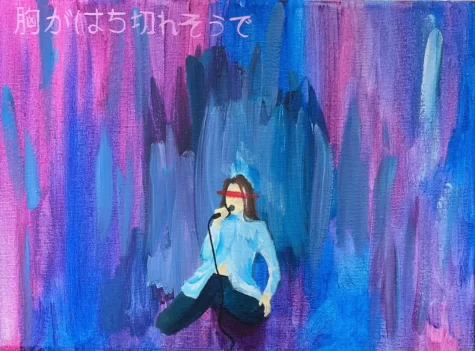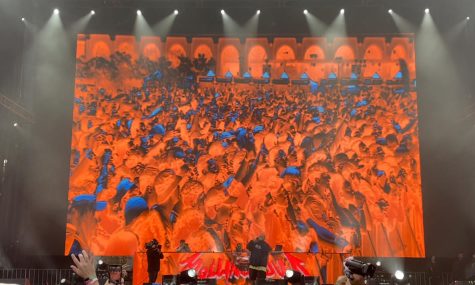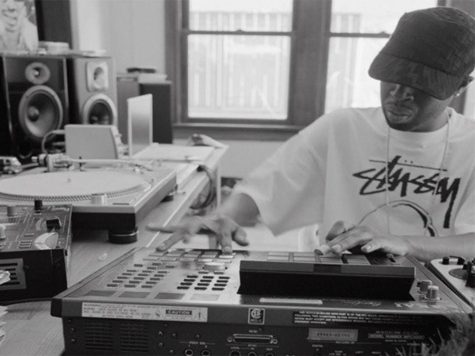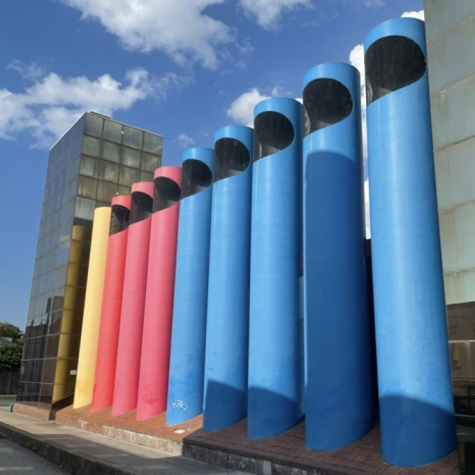Feedback: A Landscape of Boundless Sound
March 31, 2015
 Courtesy of paintingschinese.com
Courtesy of paintingschinese.com
In my home state of Indiana we have a few fine museums. Across the entire state of Indiana and the semi-urban interstate sprawl that is Indianapolis no museum stands up so well as the Indianapolis Museum of Art (IMA). Free entry with fine gardens and interesting guest exhibits from all over the world lured me in all the time as a kid. The landscape paintings always caught my eye. It seemed like film could not capture the incredibly colorful and intricately detailed expanses like a brush could.
If music has an equivalent to the landscape painting, it’s the genre of post-rock. Both forms stretch on forever, the paintings taking up whole walls and the songs lasting upwards of ten minutes. Each style piles on so many sights or sounds that it can feel full, overwhelming and even emotional without saying anything. Mysterious and strange, they don’t do any artsy harping over the human condition but they can wallop you with a dollop of odd thoughts.
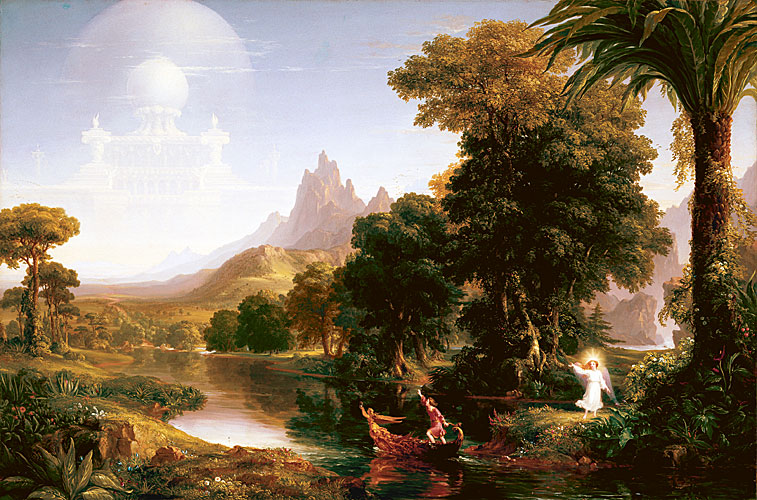 Courtesy of Explore Thomas Cole.
Courtesy of Explore Thomas Cole.
But not all landscape paintings follow the same form. There’s a particular divide between parts of East and West, due to traditional Chinese painting and a fancy art term, “white space.” Western landscape painters like to fill every inch of the canvas with rich colors. Great skies glow blue and pastoral plains radiate emerald greens. Chinese artists pioneered another style of starch blacks and whites with bits of dark colors dabbed in. The form spread abroad to nearby neighbors like Japan. The tranquil white air is endless, the rivers are clear and the mountains are inky shadows in the distance.
White space may have started out a form for painters, but now it applies pretty well to post rockers. Asia has plenty of quality post rock, but the two bands that might just set the standard are Mono (from Japan) and Wang Wen (from China). Each of them create a type of musical white space in their albums by building up a wave of static, reverberated loops of distorted sound. Once they create that white space they mark out the shape of the things with a few instruments driving a rhythm right over the ambient noise.
Wang Wen’s “Ten Thousand Buddhas” gears up slowly with very smooth and plodding strings that eventually sweep up a gentle rattle of drums and a light croon of a trumpet. Yet as the song progresses, more and more sounds enter while fewer and fewer leave. Eventually the background fills up with subtle rhythms that almost disappear beneath the powerful push of the driving melody. The background sound becomes the white space, complimenting the inky black scenery of the main melody. At times it can seem like the white space was never there, empty and secondary. Then, on a second glance, it becomes so expansive and sweeping that the black lines only ever existed to compliment it.
Mono manage both a visual and auditory spectacle that demonstrates the way they use white space. Not so long ago the band released a music video called “Legend: A Journey Through Iceland.” It gears up a lot like “Ten Thousand Buddhas,” starting slow but then layering in immense background distortion behind a soaring melody. Again the heavy layer of sounds reverberating in the background provides the white space, and the inspiring melodies paint fine dark lines across it. Meanwhile the shots of Iceland are full of black and white. Darkly colored mountains splotched with white snow rise up underneath clear skies and over translucent rivers.
Western post-rock bands like Mogwai and Russian Circles hit on some similar angles, still painting wide landscapes. However they rely less on hyper-intensely interlaced background rhythms and focus more on the spark and color of the main melody. “EnterÛ by Russian Circles puts the loud and pounding drums at a more central role. The hyper-aggressive drums and guitar rise and fall more violently, painting a landscape in sharp and fine colors that all blend with less of a sharp separation between background beats and center stage sounds.
But are these lines drawn between East and West real? Maybe I imagined them while I was wandering the IMA in my memories. There may not really be any white space between the black sheet notes of Mono’s music. In interviews Mono’s Taka Goto that he found most of his inspiration in other bands and artists, not paintings, though he admits Japanese art may have subconsciously influenced him. Mono’s new album aims to express the light and dark sides of life, not so much literal landscapes. Wang Wen’s band members have said they cannot afford the time it would take to make their albums fully Chinese in nature. Not to mention, both bands have music videos bloated with the color of a western landscape painting.
In the end there’s no way to know if the distinction exists. Post-rock is mostly wordless and Taka Goto argues that this means the listener makes their own meaning. “We are not spoon-feeding you any words or meaning,” he acknowledges in one interview, “so you have to decide for yourself what it may mean to you.” Ultimately that’s the fun of post-rock. No one’s going to tell you what to hear in the music, least of all me.
